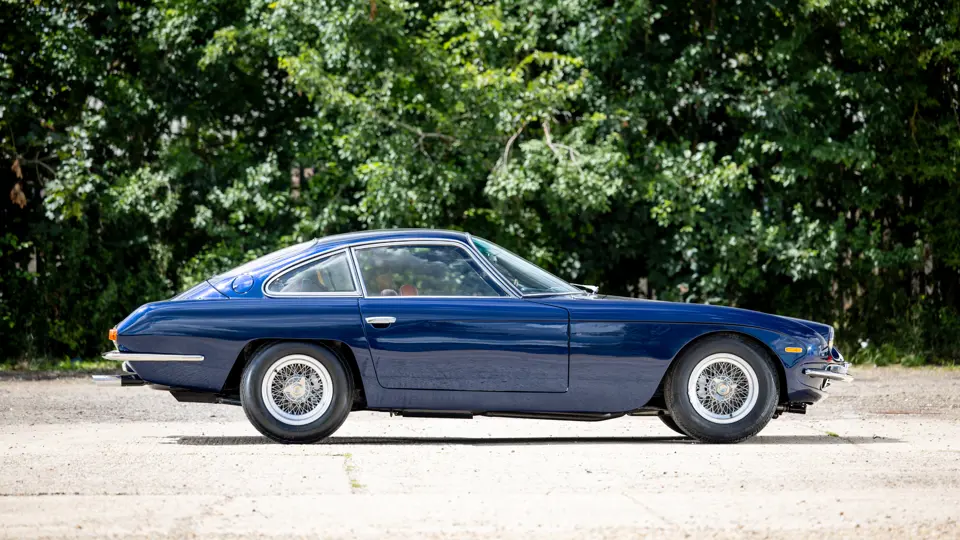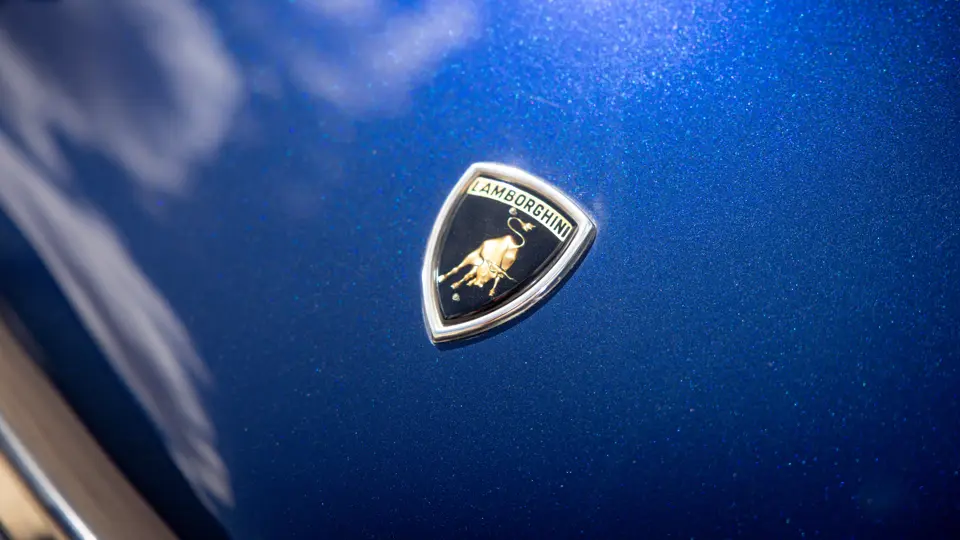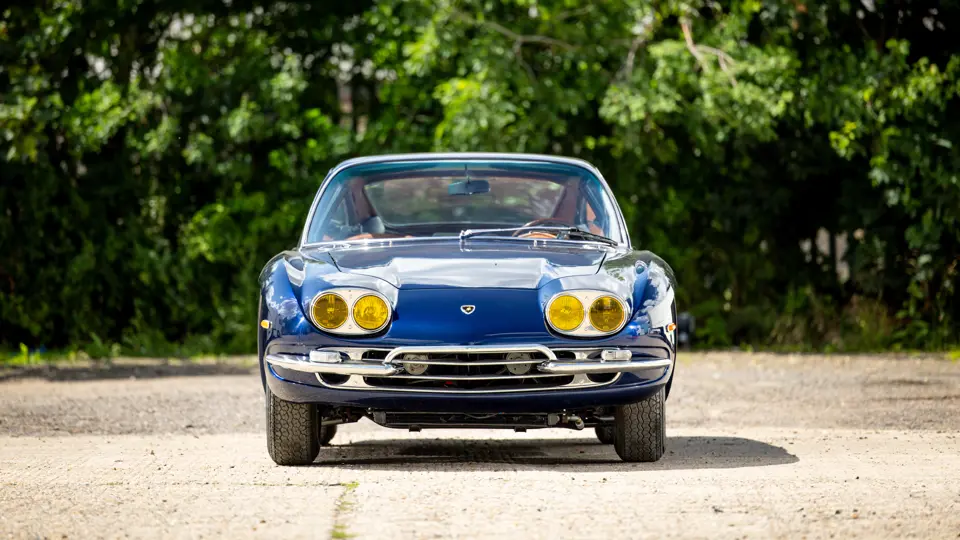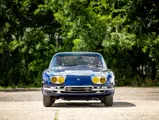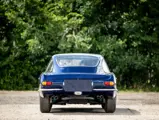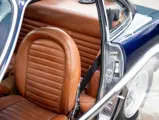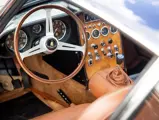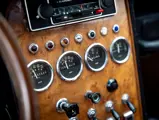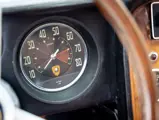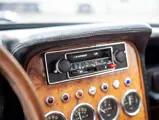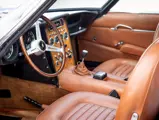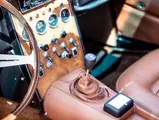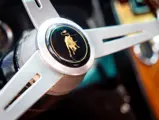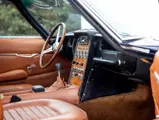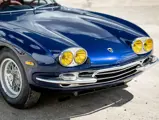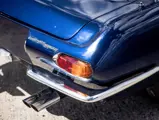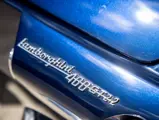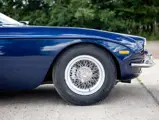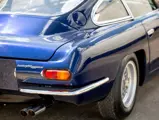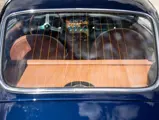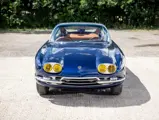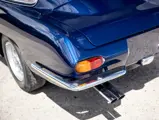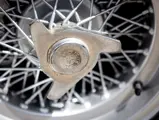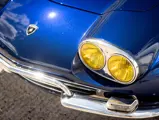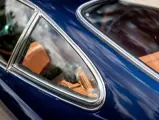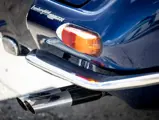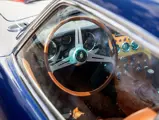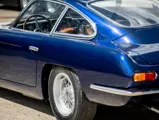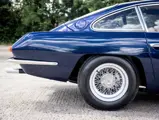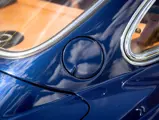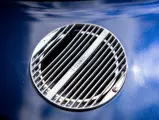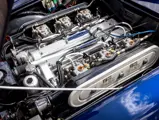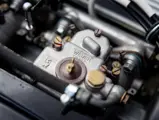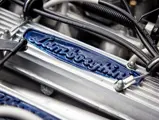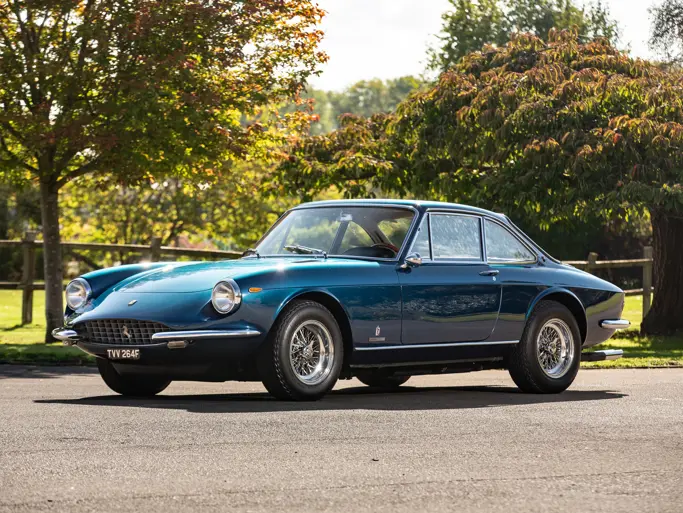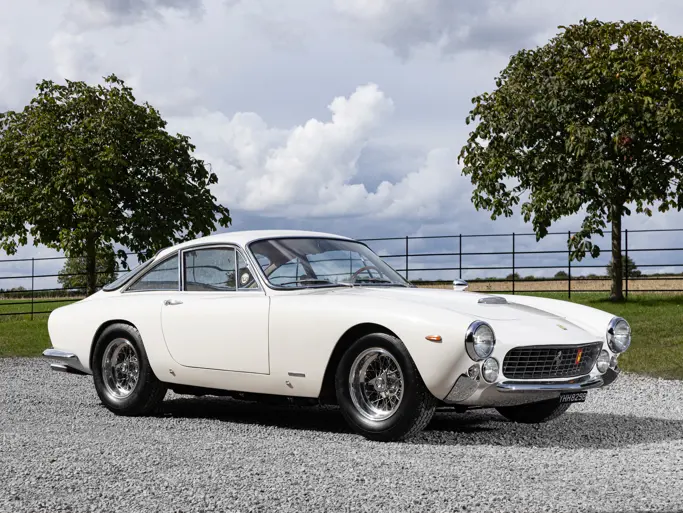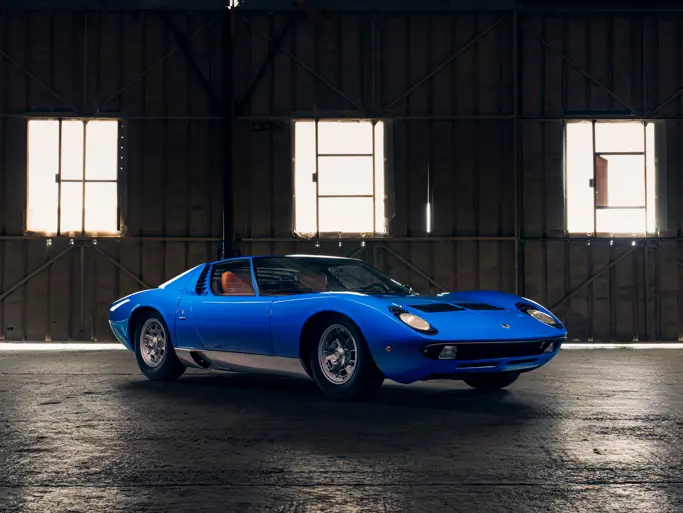
1967 Lamborghini 400 GT 2+2 by Touring
{{lr.item.text}}
Sold
{{bidding.lot.reserveStatusFormatted}}
- One of just 224 examples of the 400 GT 2+2 believed to have been produced between 1966 and 1968
- Benefitting from the superior Lamborghini-designed five-speed synchromesh gearbox specific to 2+2 cars
- Stunningly presented in Dark Blue Metallic with a Tobacco leather interior
- Previously owned by renowned French collector Dominique Mars
Enzo Ferrari’s decision to dismiss rather than placate erstwhile customer Ferruccio Lamborghini, following an ongoing disagreement in the early 1960s, had far-reaching implications. Lamborghini’s grievances with Il Commendatore were manifold, but centred around his perception that Ferrari was reluctant to embrace new technology and thus offered sub-standard levels of comfort and reliability. Suitably emboldened, Lamborghini resolved to build a car himself, a prospect facilitated by his existing involvement in manufacturing via his Lamborghini Trattori concern.
In 1963, the newly formed Automobili Lamborghini unveiled its stunning 350 GTV Prototype. The project’s core team included Gian Paolo Dallara, Giotto Bizzarrini and Franco Scaglione. The design featured a multi-tubular chassis imagined by Bizzarrini, into which a 3.5-litre quad-camshaft V-12 of his own design was inserted. Dallara operated in an all-encompassing Chief Designer role, while Scaglione was responsible for the car’s futuristic styling. The former Bertone designer drew inspiration from the Alfa Romeo 2000 Sportiva and its outrageous “BAT” series siblings with which he had been involved in the early 1950s.
As early as June 1963, Lamborghini asked Dallara to evaluate the 350 GTV as the basis for a production car. The prototype had employed dry-sump lubrication and an ultra-high compression engine that rendered it unsuitable for road use. Incredibly, barely nine months later, a production derivative was unveiled at the 1964 Geneva International Motor Show. The newly named 350 GT combined a strengthened chassis with a detuned, wet-sump version of Bizzarrini’s quad-cam masterpiece, and revised aluminium coachwork by Touring of Milan. It was an immediate hit with the motoring press, with the smoothness and flexibility of its engine, level of finish, and excellent handling—by virtue of its all-independent suspension—drawing particular praise.
Some 120 examples of the 350 GT were produced prior to the introduction of the evolutionary 400 GT in 1966. Featuring an enlarged 4.0-litre engine, the new car boasted 320 horsepower—around 40 more than the 350 GT—and a top speed of around 270 km/h, the latter figure an improvement of some 15 km/h. Initial 400 GT production consisted of 24 two-seat “Interim” cars—although a lack of rear seating was something that Lamborghini had long been keen to address in order to maximise the model’s appeal. Consequently, a new, steel-bodied 2+2 version of the 400 GT was developed that incorporated an extended roofline and a lowered rear platform to offer two occasional rear seats.
Furthermore, the new car also boasted other ergonomic improvements such as increased luggage space, additional fuel capacity, and quad headlamps. However, arguably the most significant step forward was the incorporation of a new Dallara-designed five-speed all-syncromesh gearbox in place of the previous and somewhat recalcitrant ZF item. Its ease of operation and lack of noise were areas of particular improvement. In total, some 224 examples of the 400 GT 2+2 were constructed between 1966 and 1968.
In the case of the car offered here—chassis 01096—unfortunately, little has been recorded of its original factory specification or its early ownership history. However, by 1981 the car is known to have resided in Paris. In 1992, the car was acquired by Dominique Mars, a gentleman based in the salubrious 16th Arrondissement of the city, who is also believed to have owned a Lamborghini Miura SV and a Ferrari Dino 246 GTS at the same time.
During M. Mars’ ownership, the car was entrusted to his preferred mechanic, respected Parisian Ferrari specialist Franck Opderbeck, who oversaw a thorough overhaul. This work included a comprehensive refurbishment of the braking system, replacement of the shock absorbers and replacement of all flexible hoses and tubing. Furthermore, the car’s bodywork and paintwork was restored in 1993, although the interior appears to have been left untouched so as to preserve the glorious patination which it retains to this day. In 2010, the car—along with several others from M. Mars’ collection—was offered for sale and subsequently acquired by the consigning owner.
Blessed with an emotive backstory, spectacular performance, superlative engineering, and ground-breaking aesthetics, the Lamborghini 350 and 400 GT series set the tone for the cars from Sant’Agata Bolognese that persists to this day. In the case of the 400 GT 2+2, however, its tremendous capability, practicality, and refinement render it a car far ahead of its time, and one which can assuredly lay claim to being one of the most accomplished continental grand touring cars ever produced.




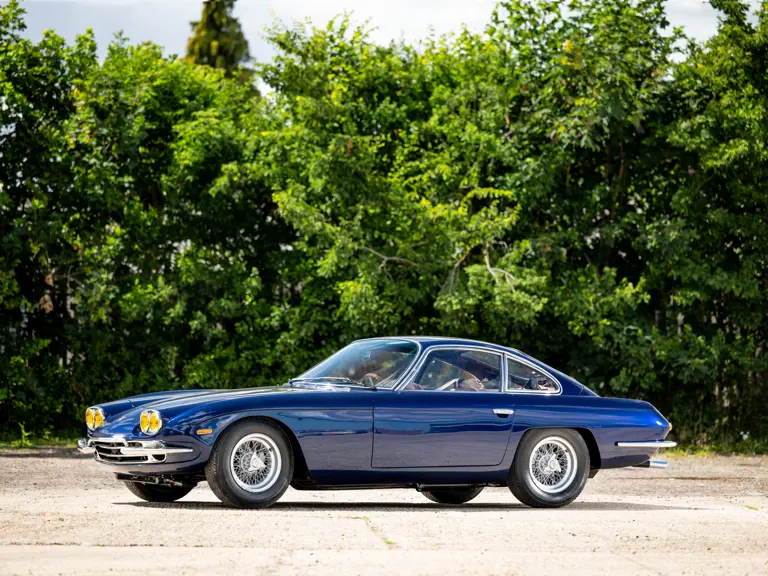

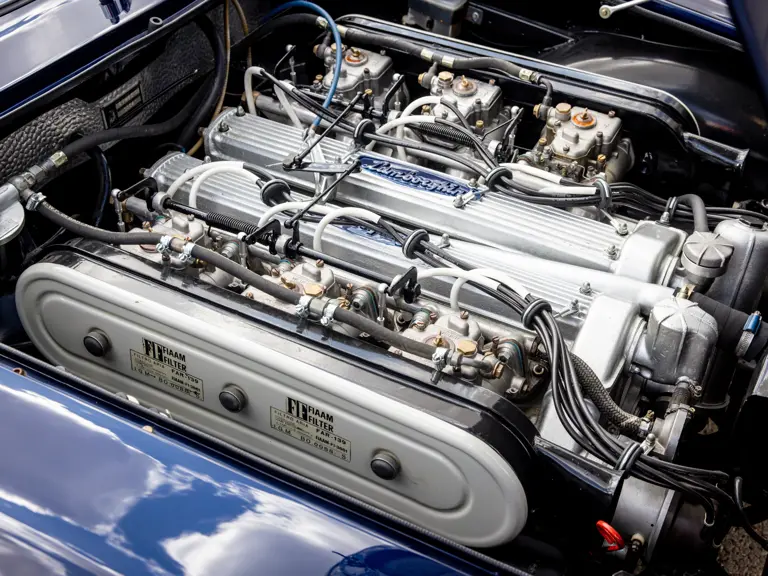
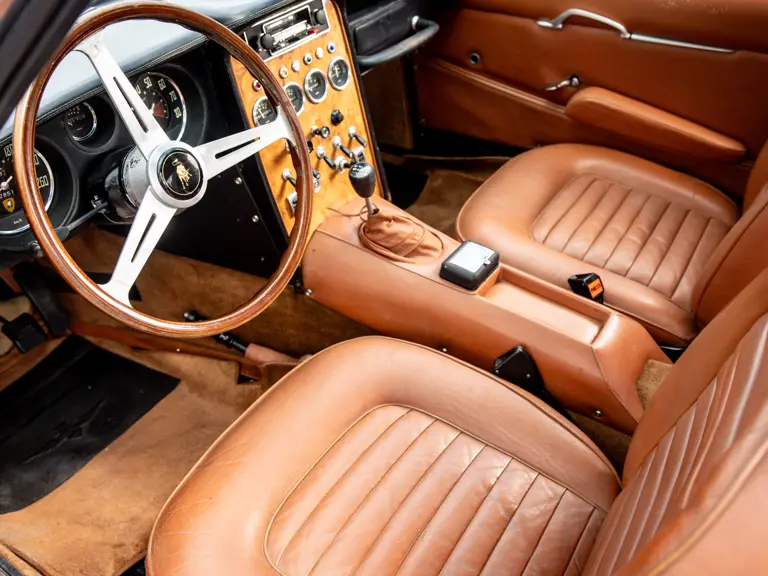
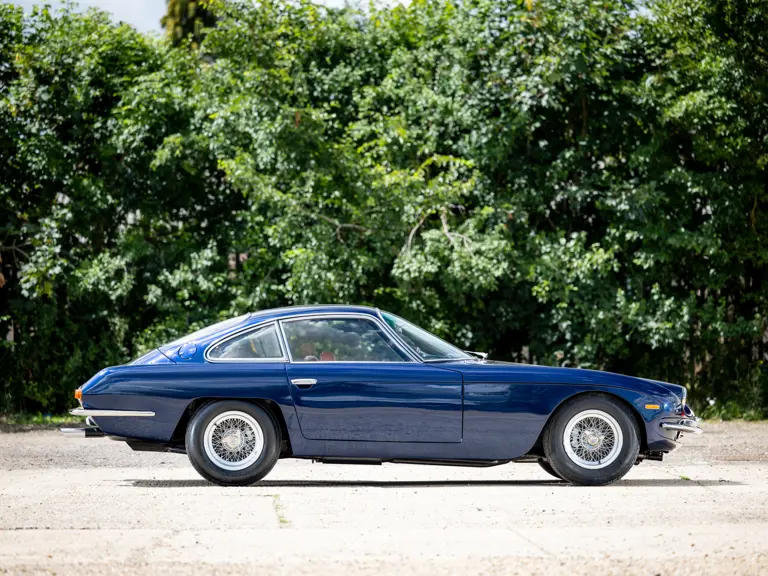
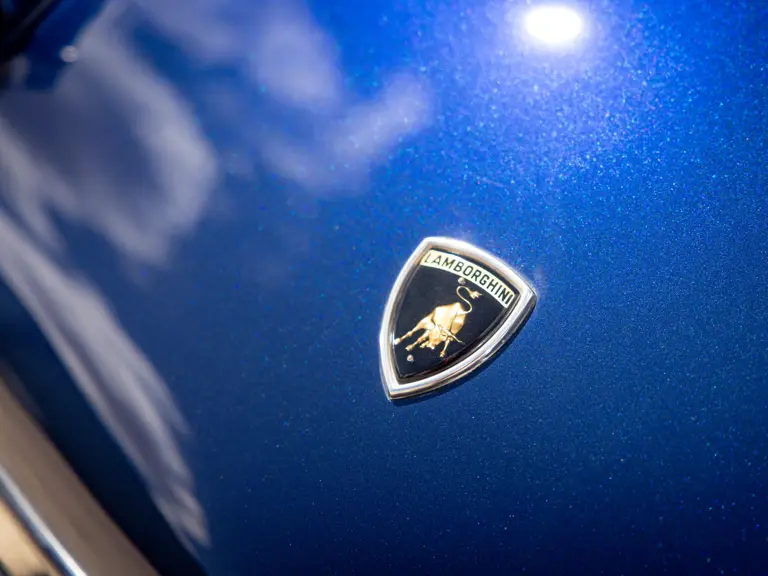
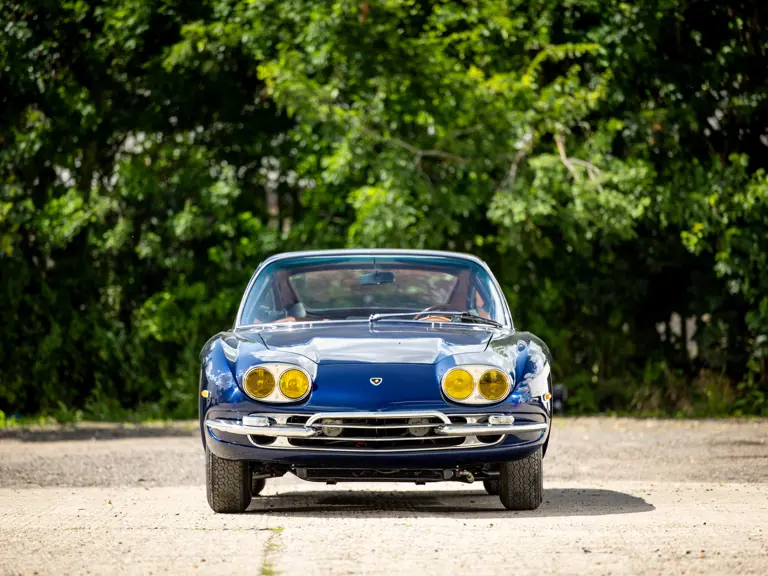

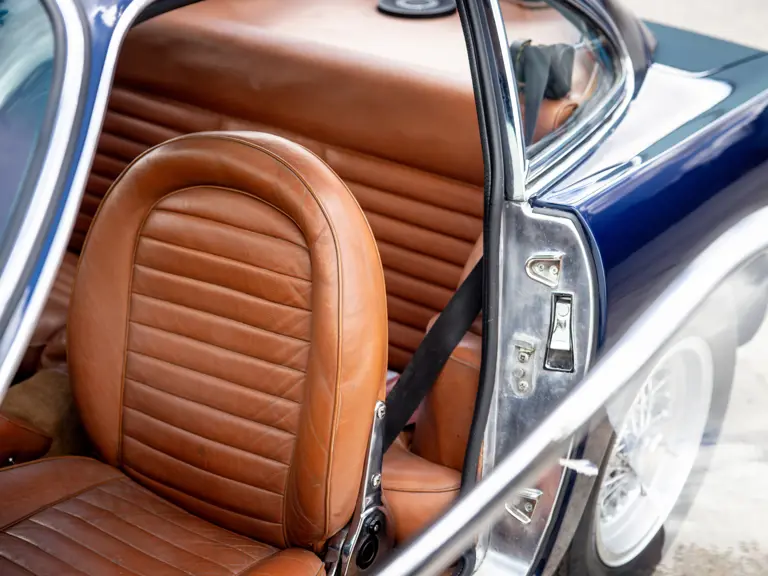
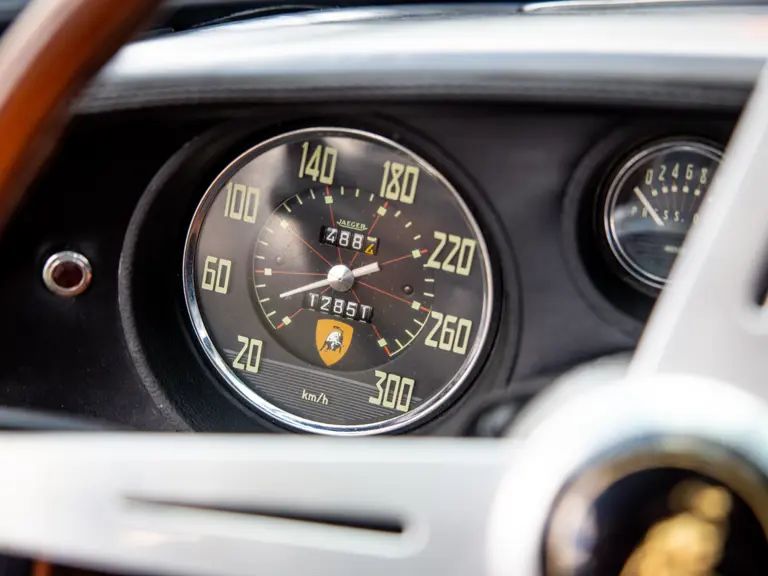
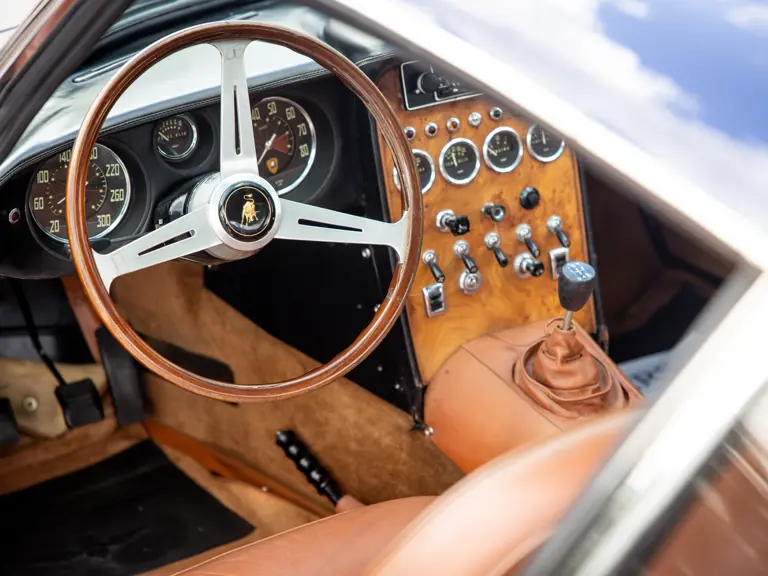

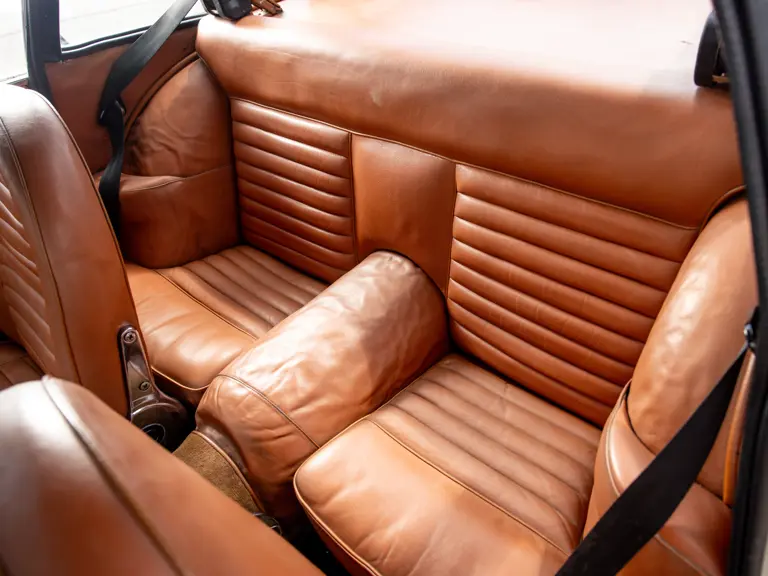
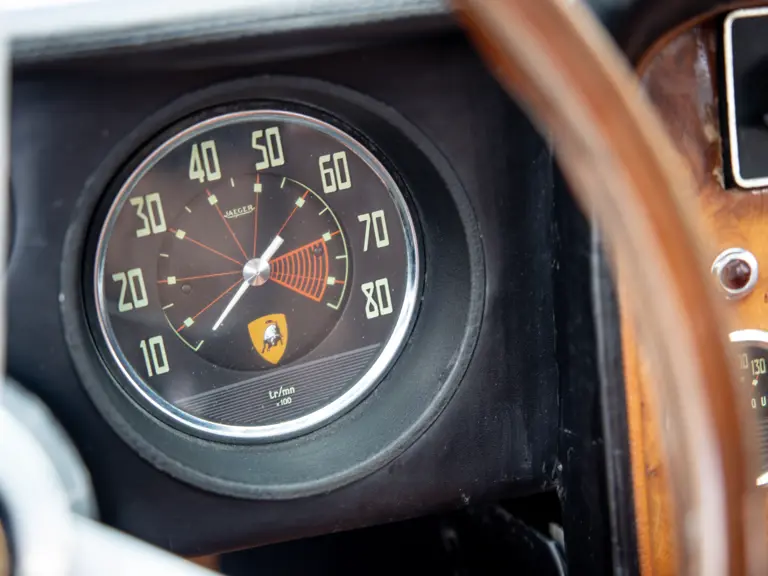
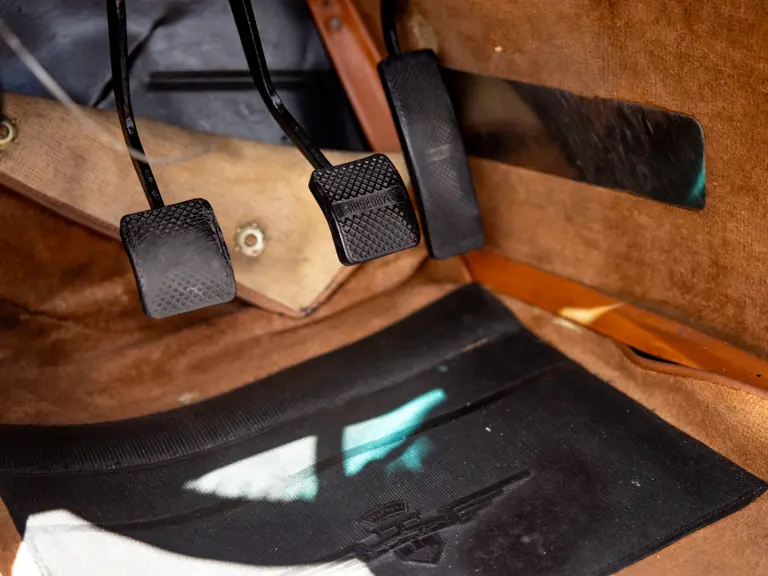
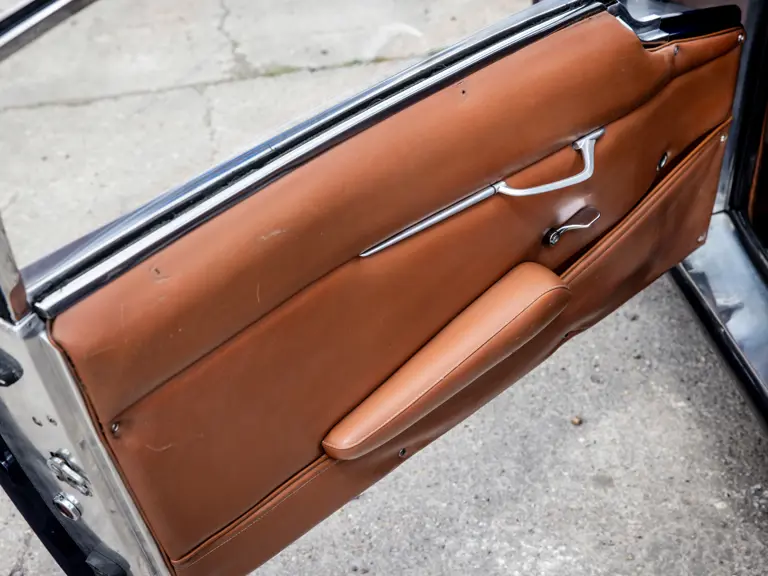
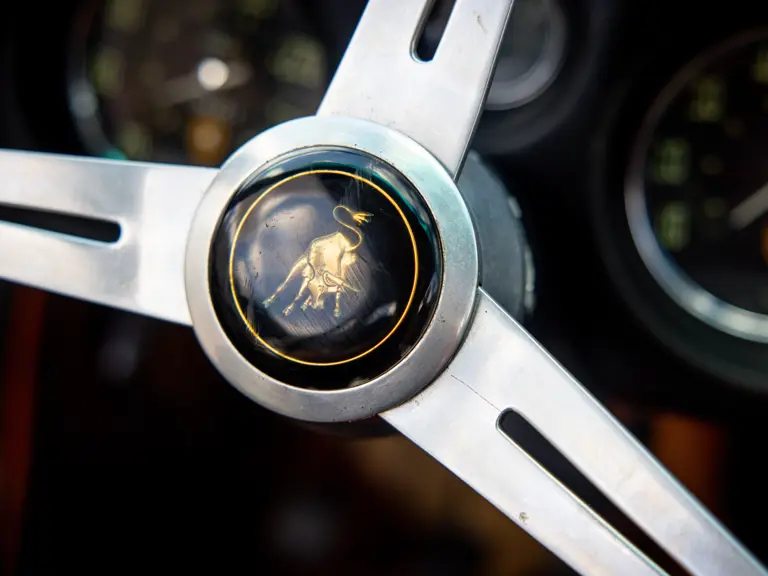
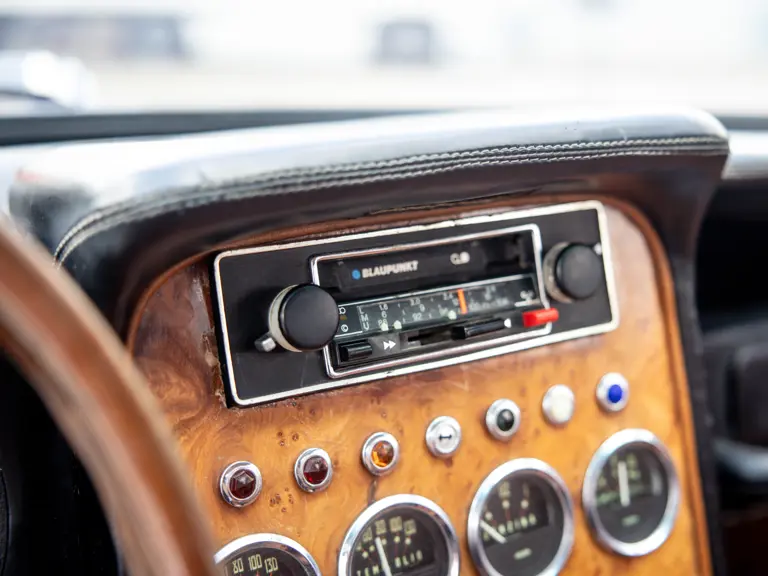
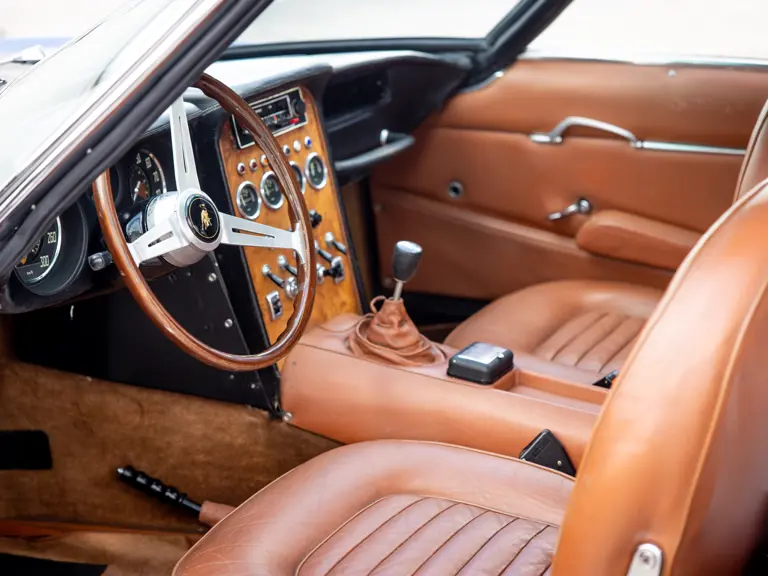
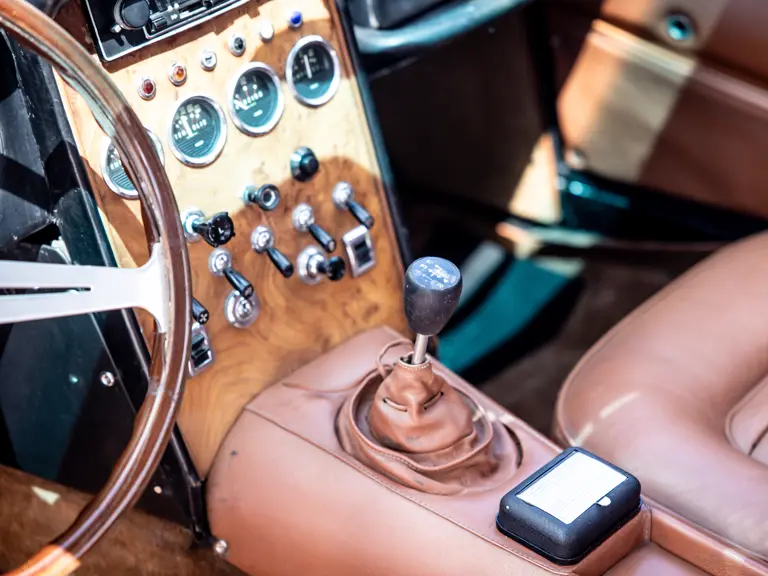
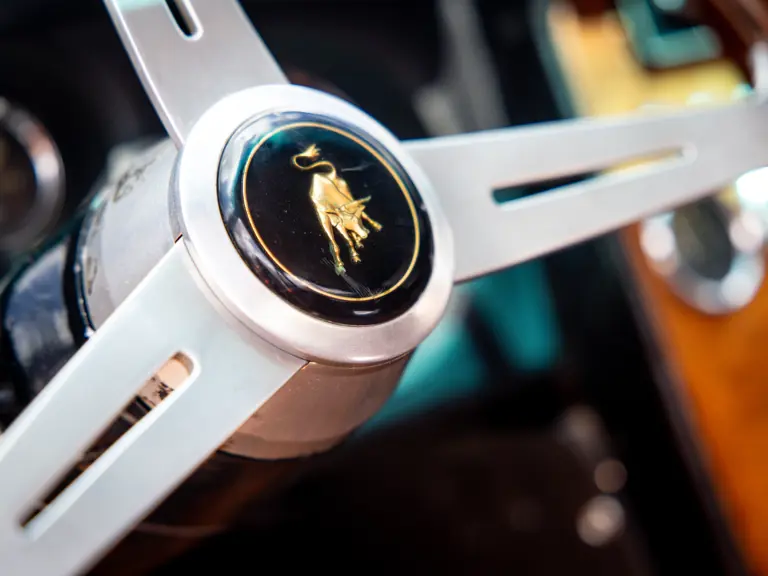
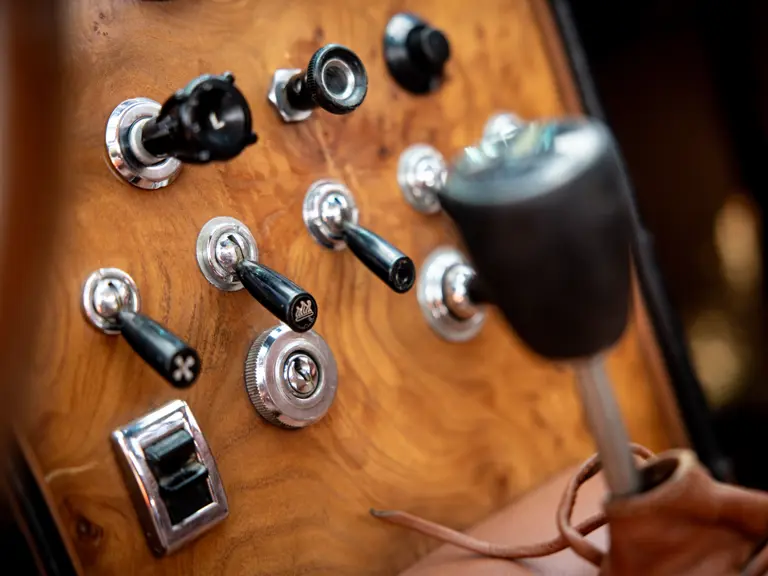
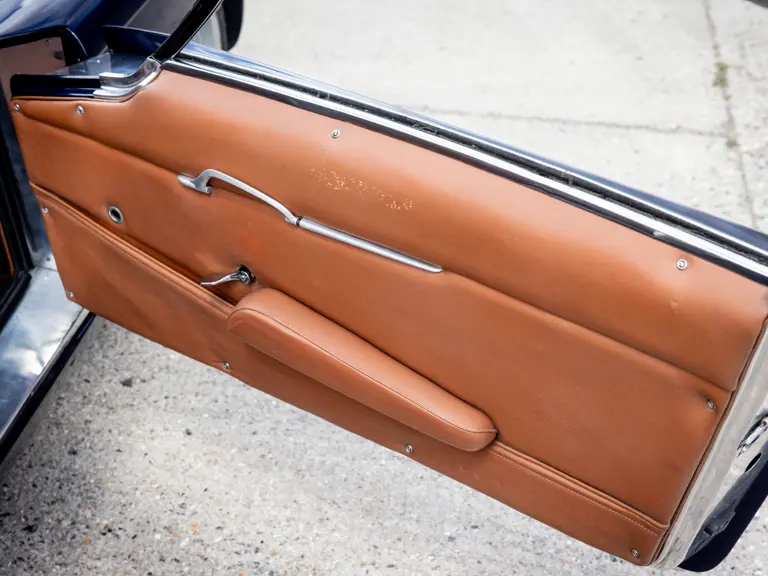
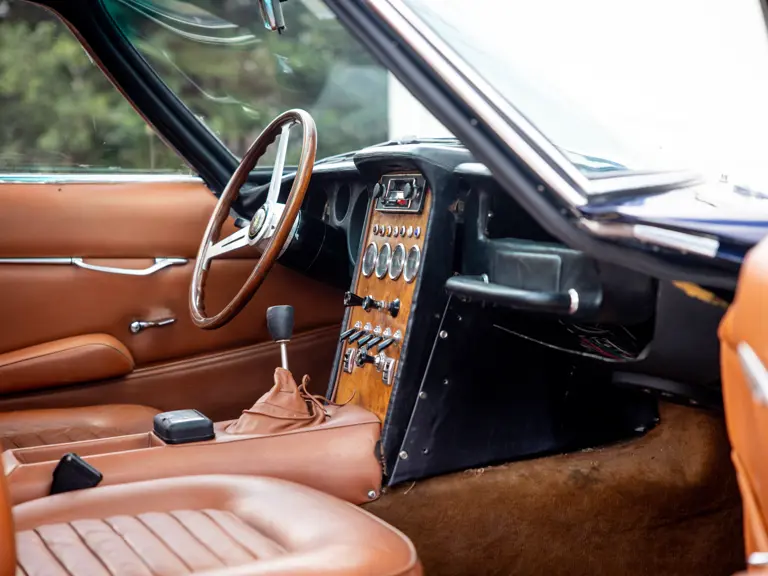
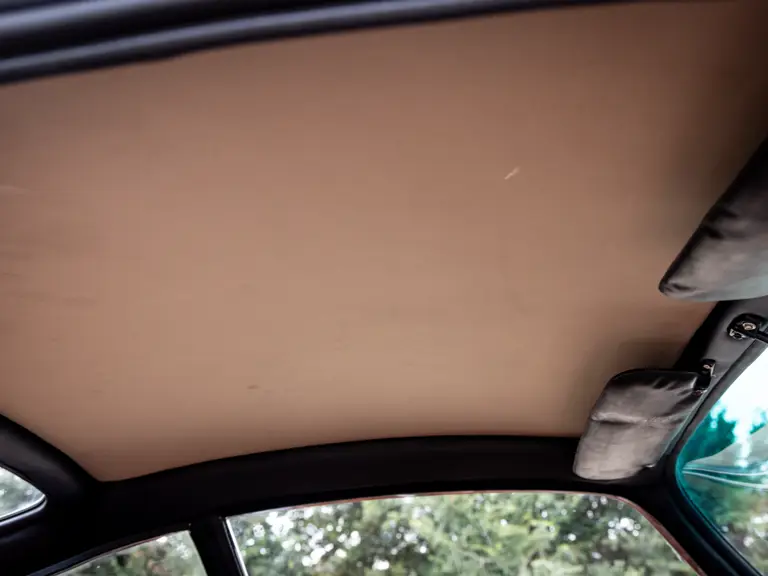
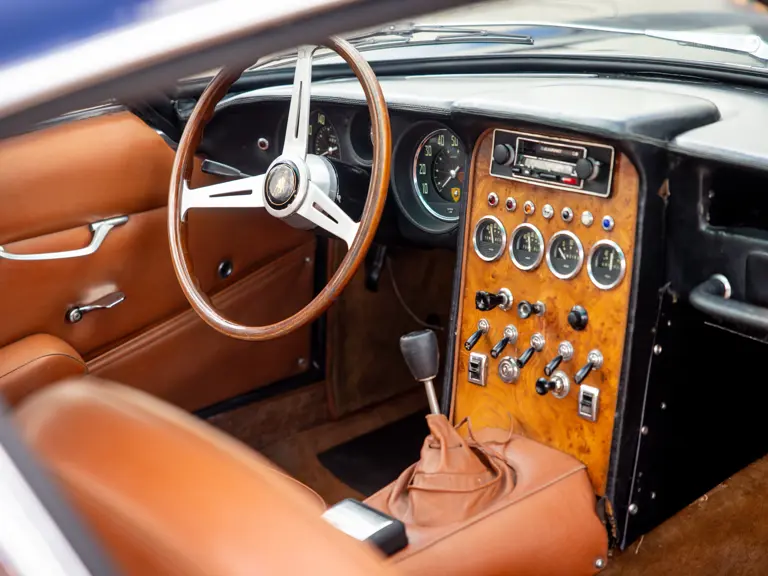
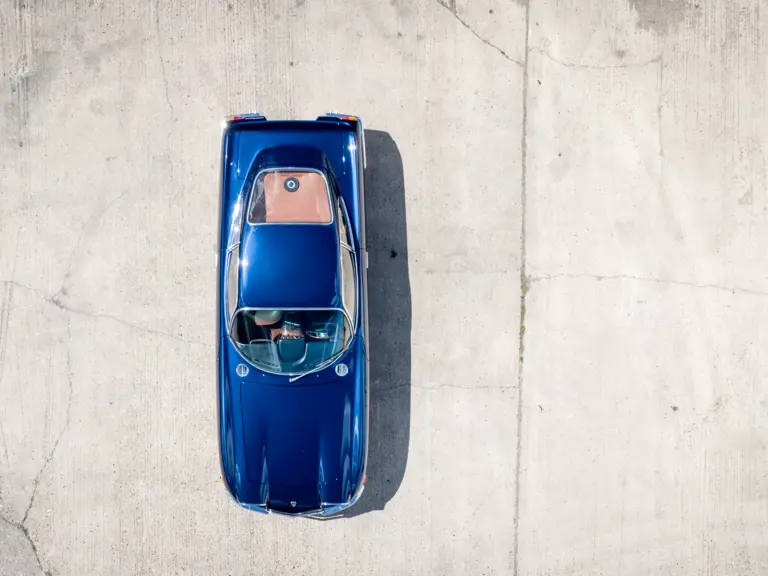
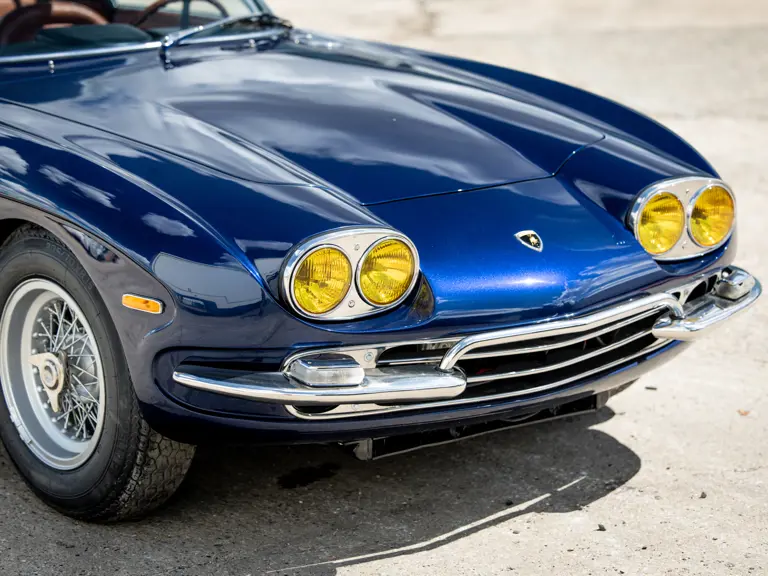

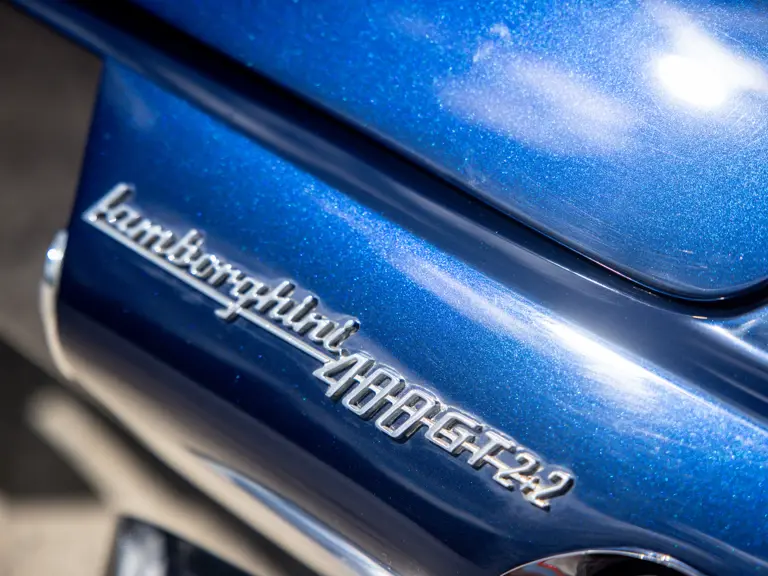
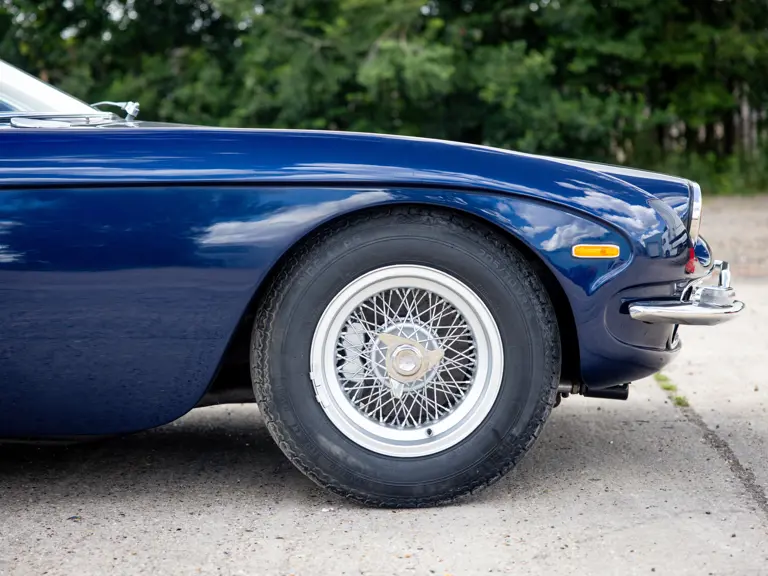
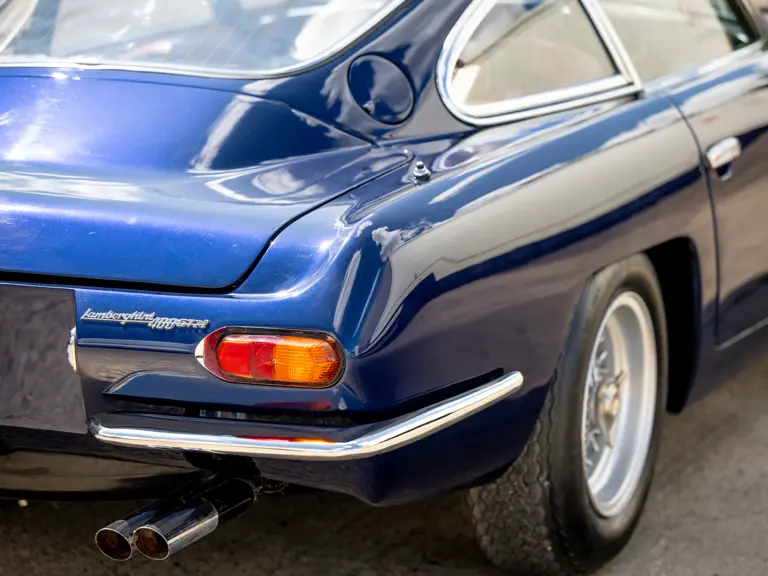
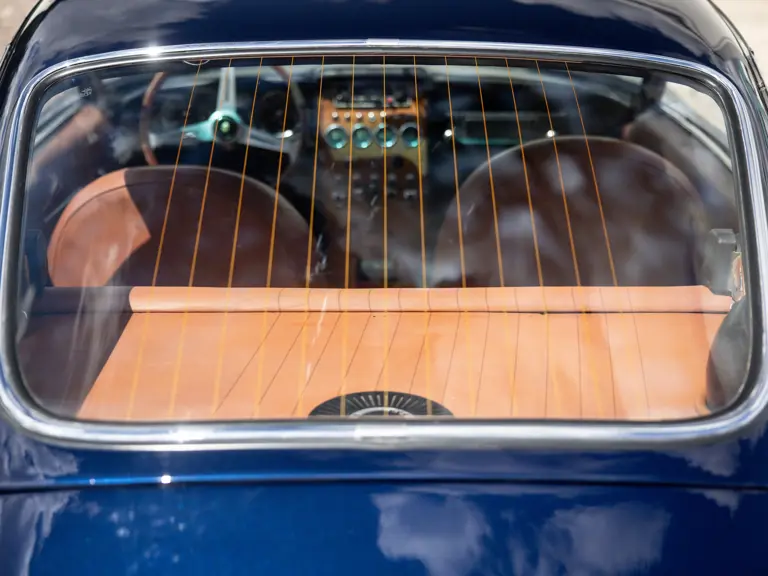
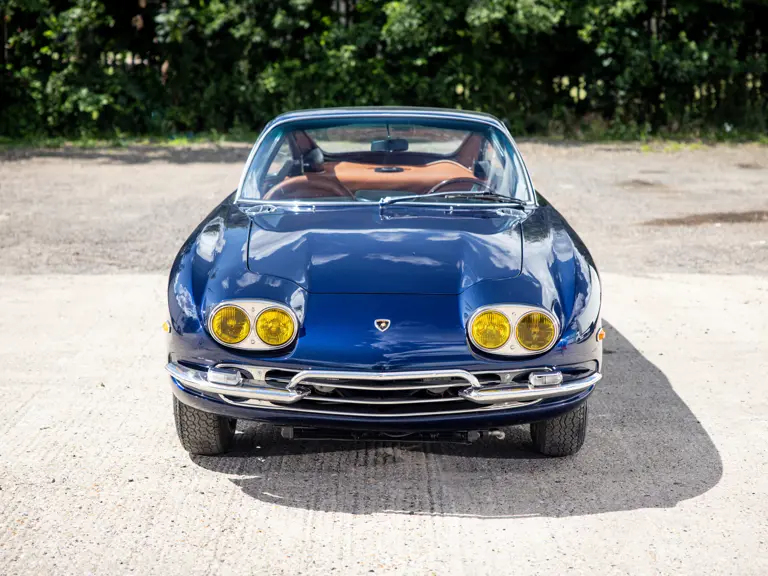
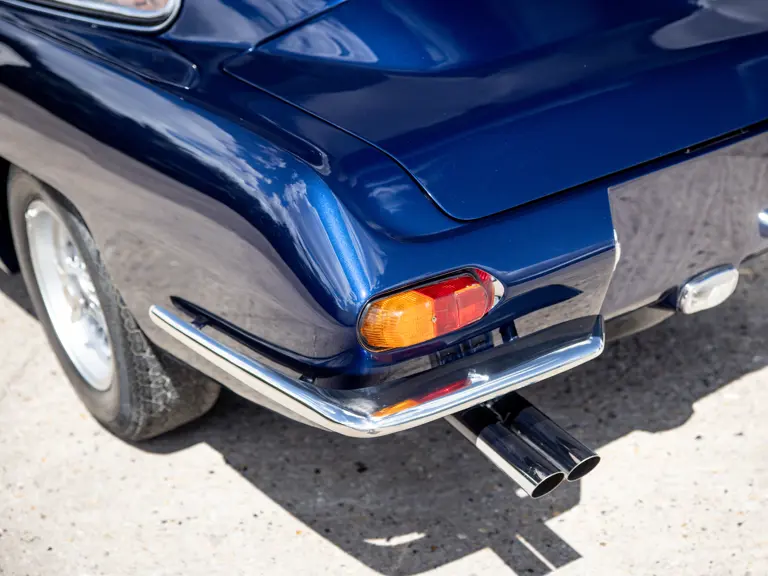
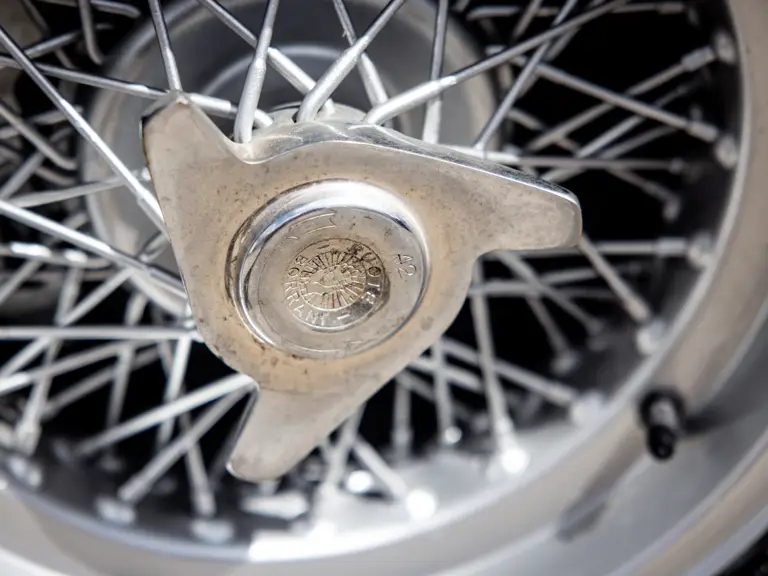
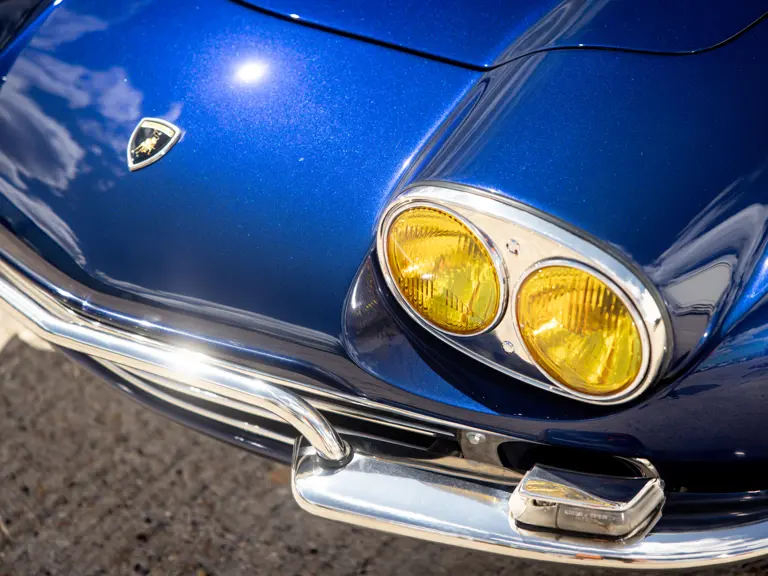
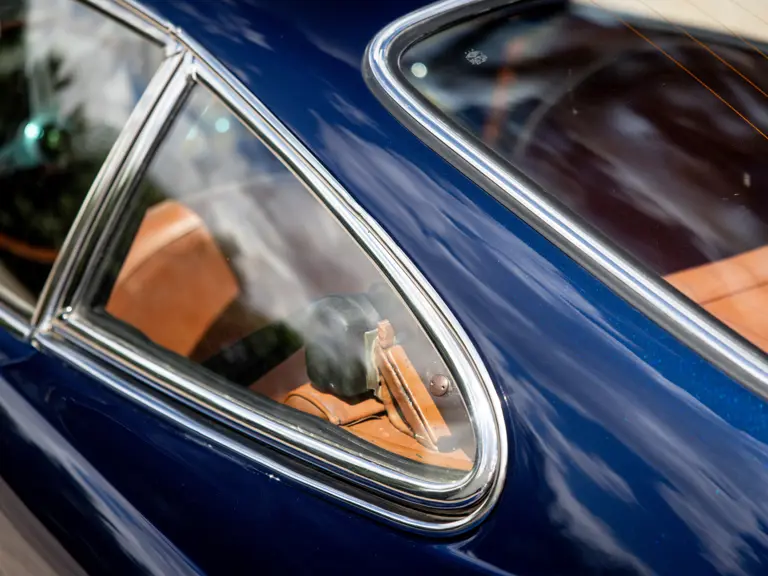
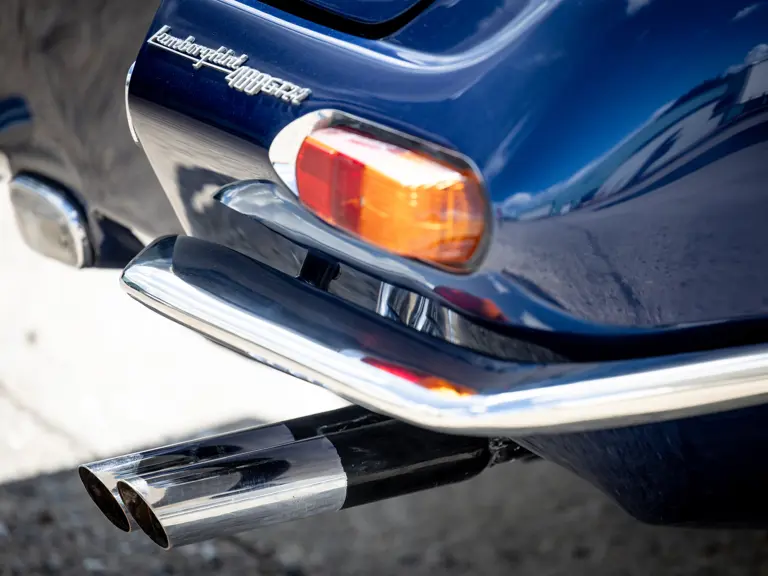
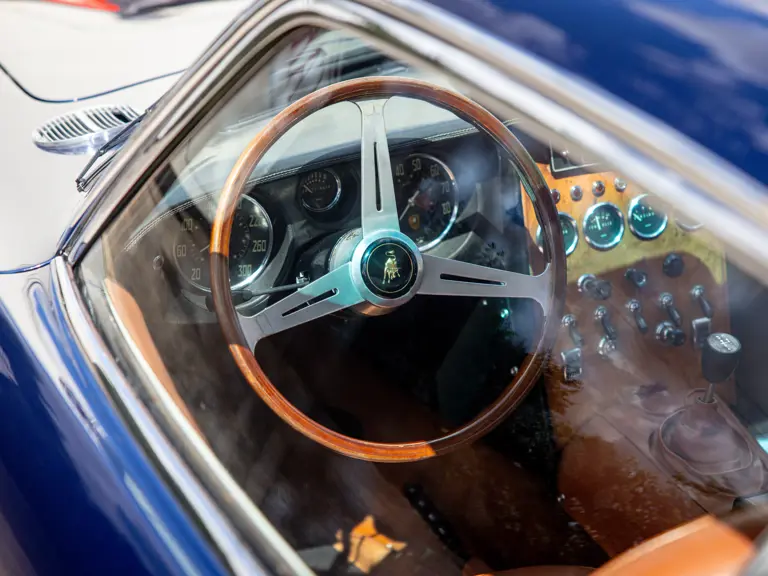
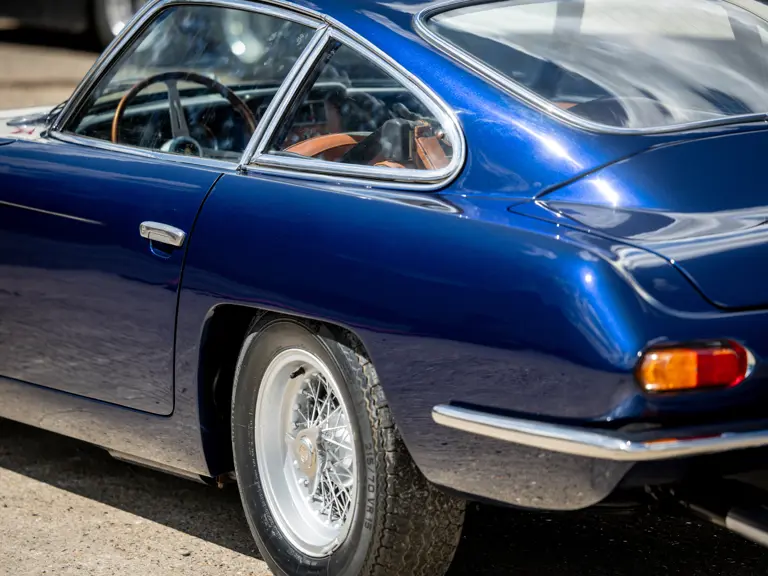
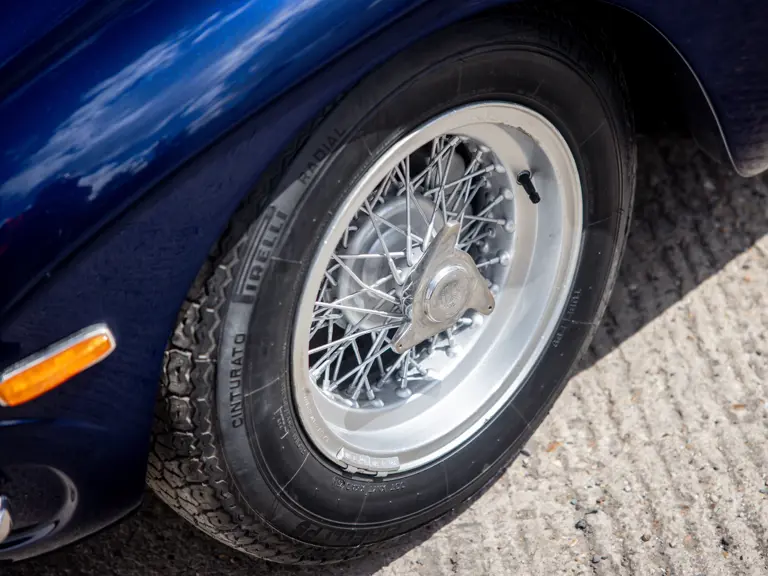
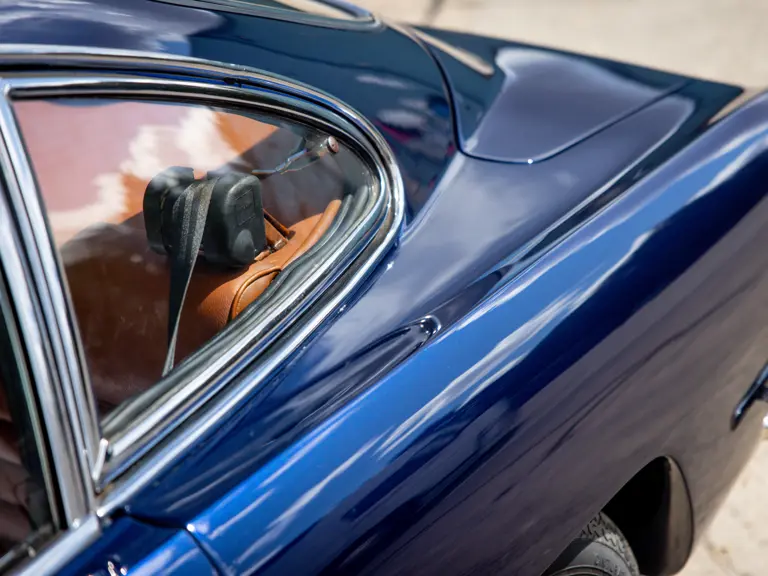
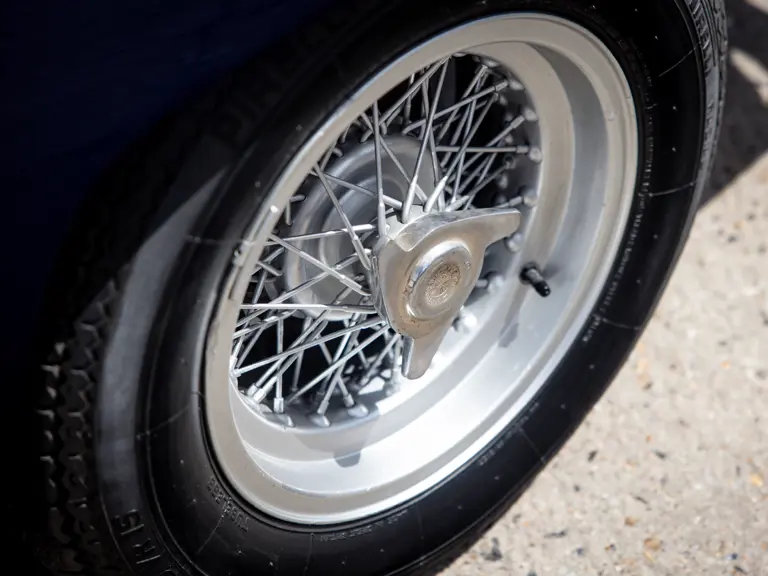
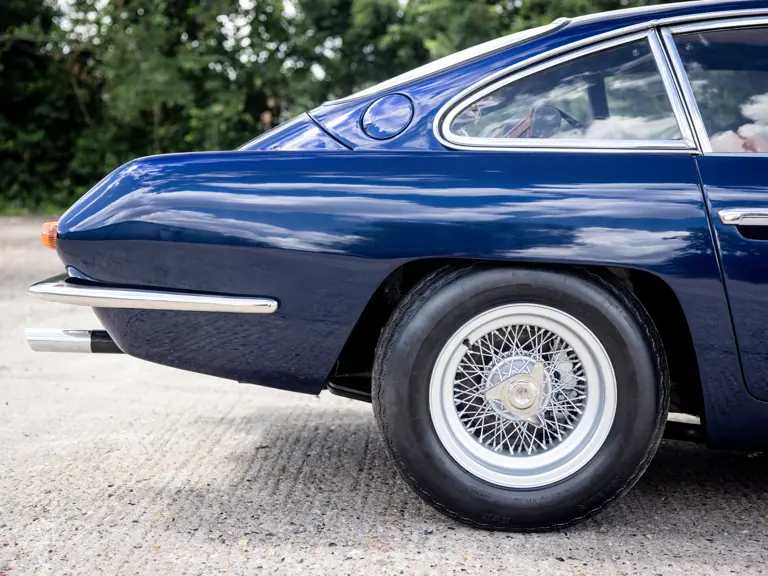
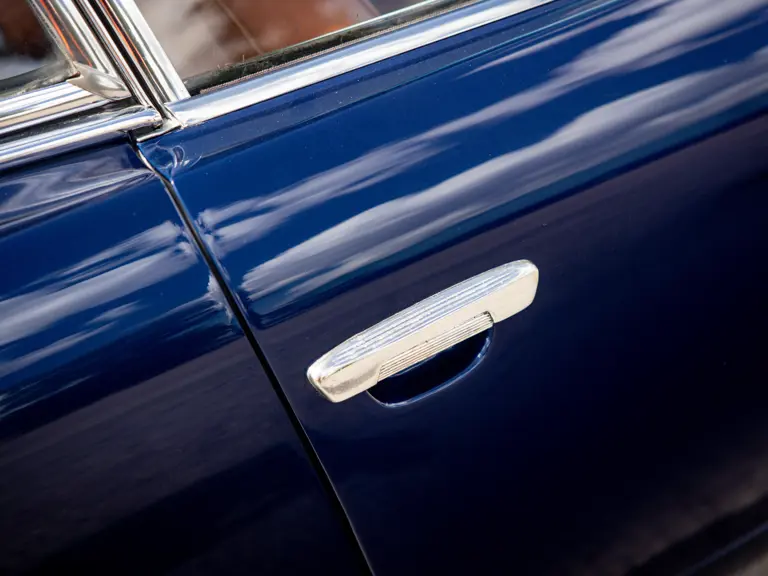
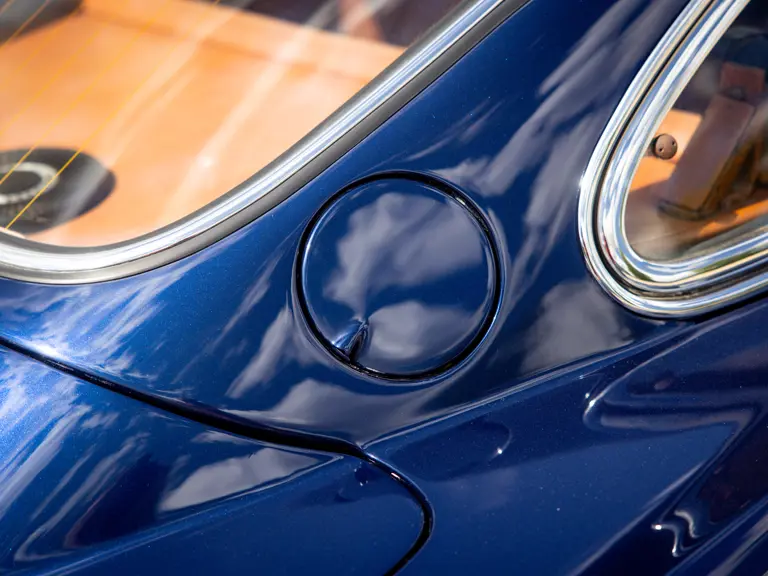
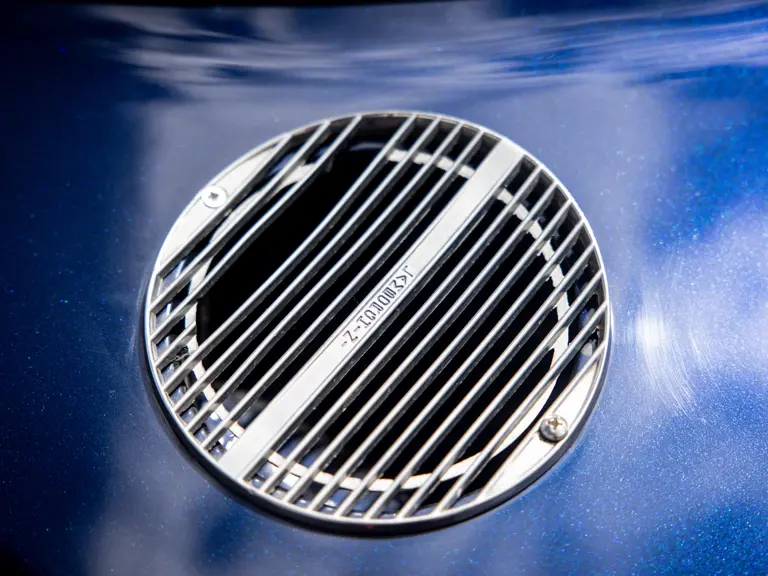

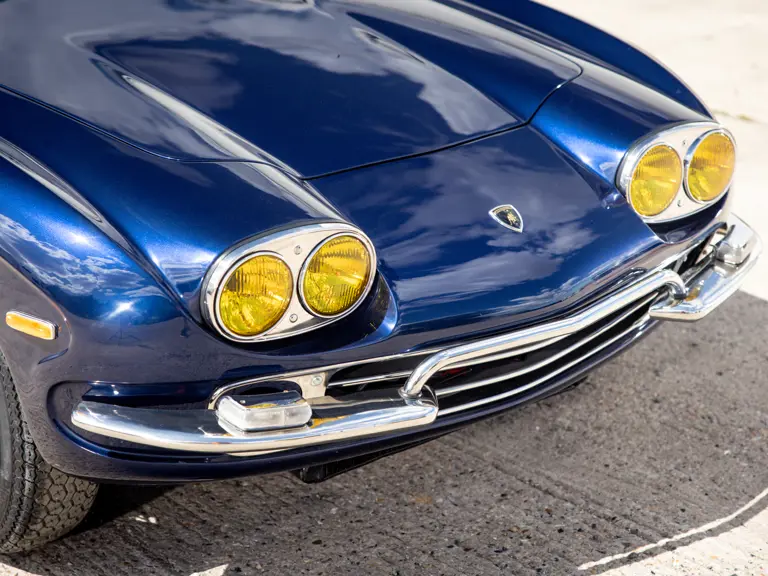
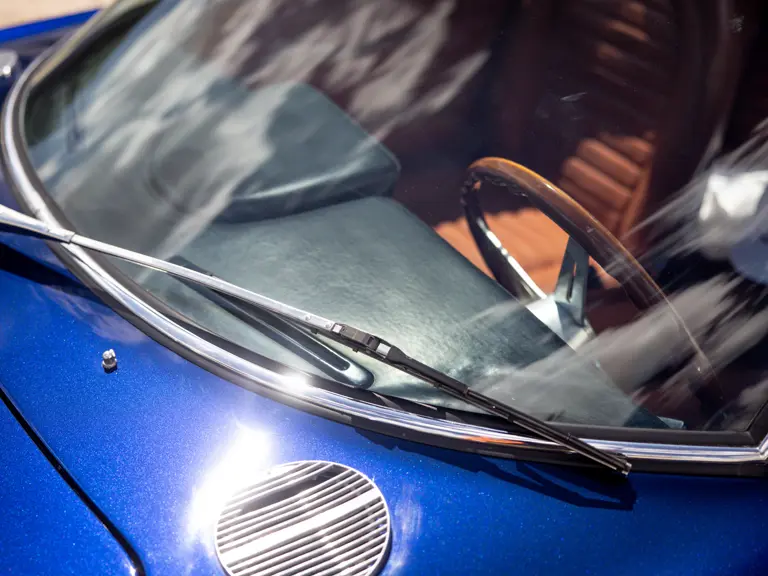
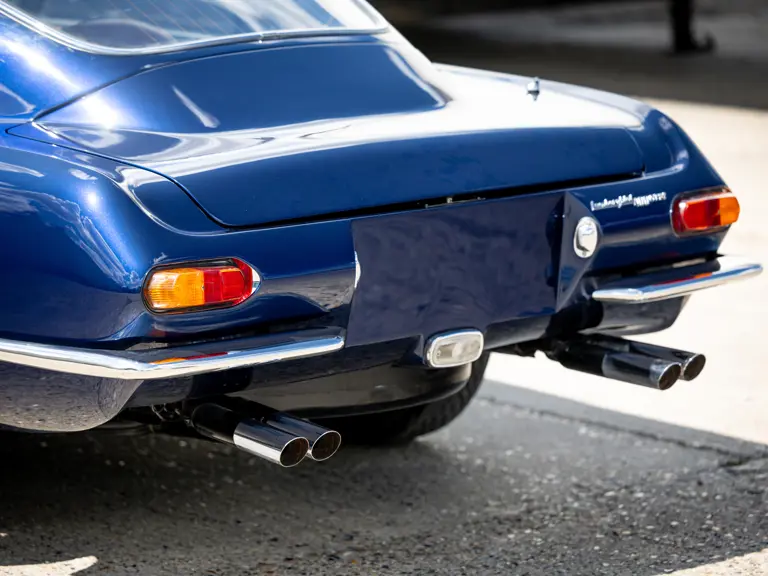
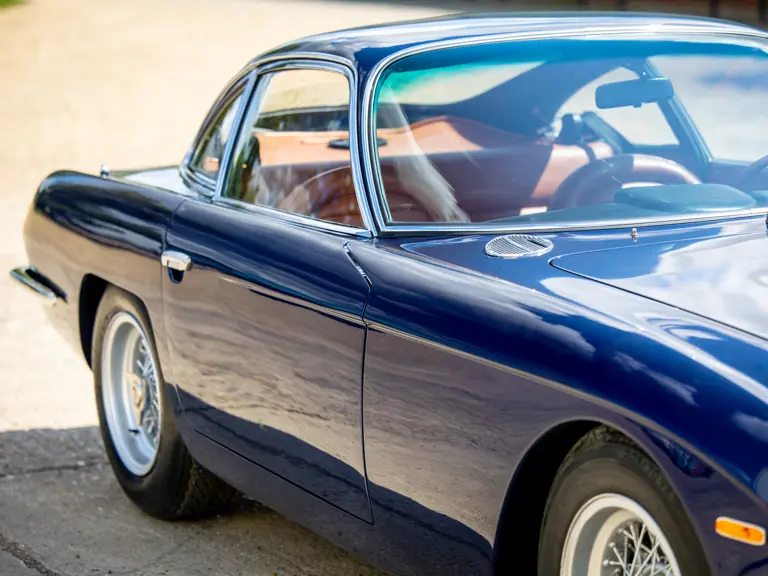
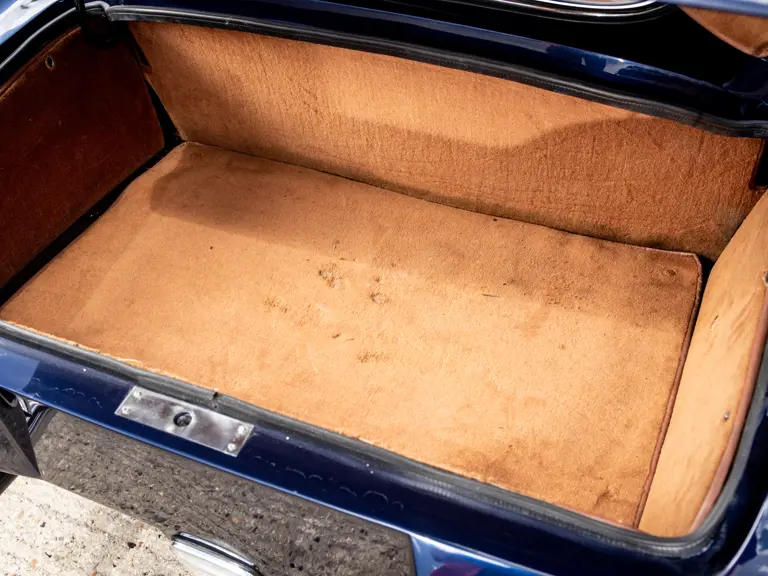
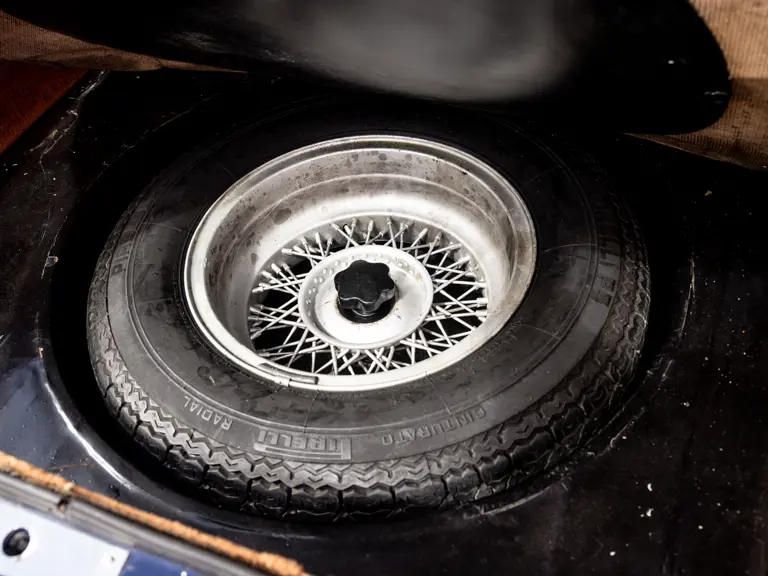
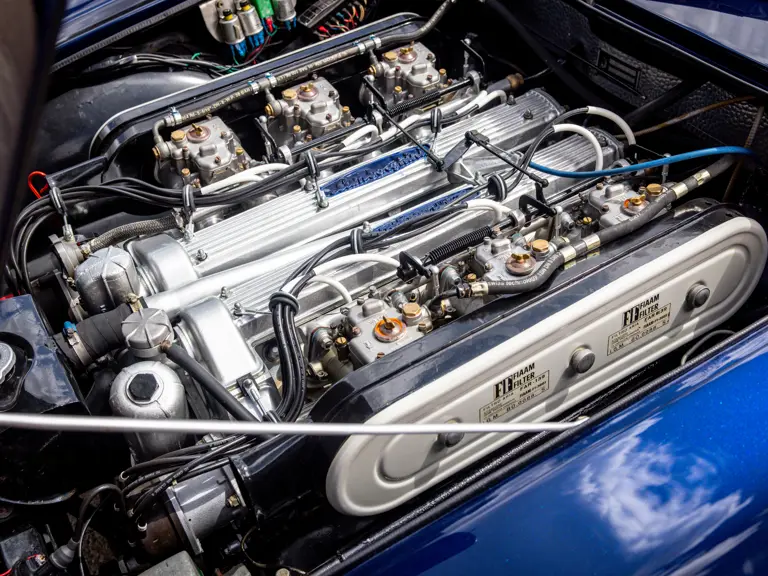

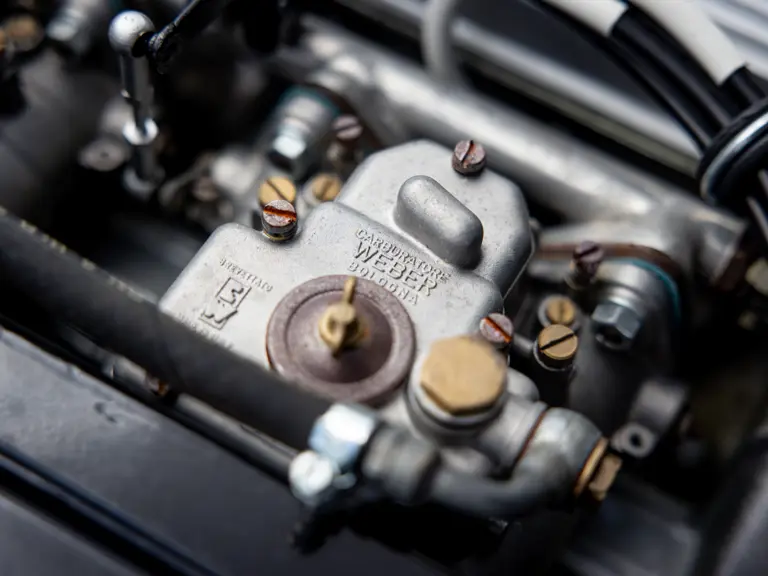

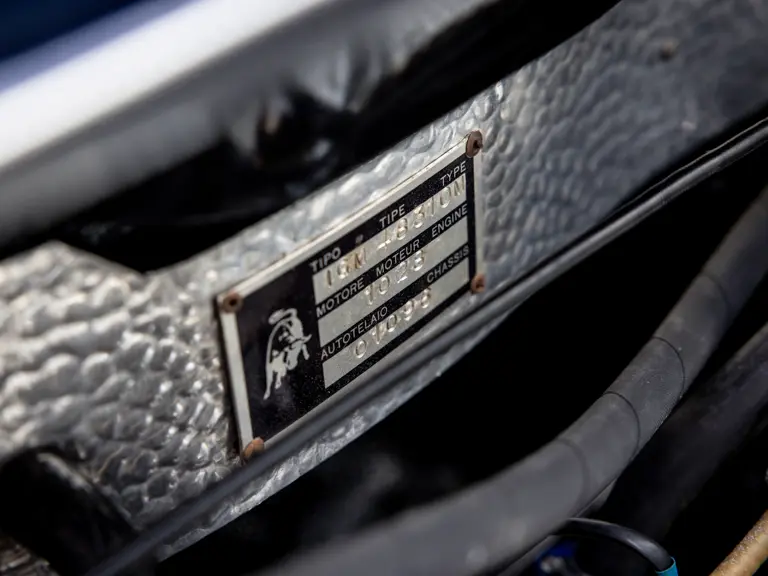
 | St. Moritz, Switzerland
| St. Moritz, Switzerland
